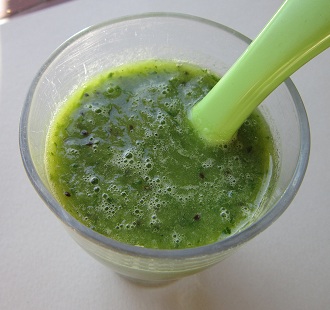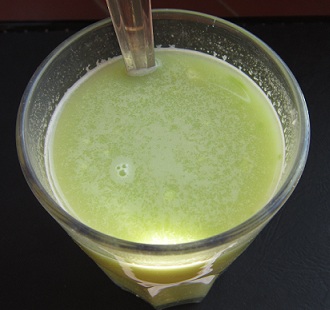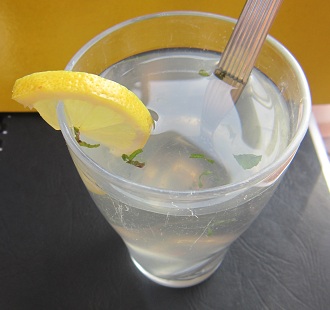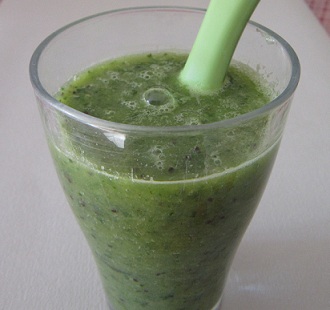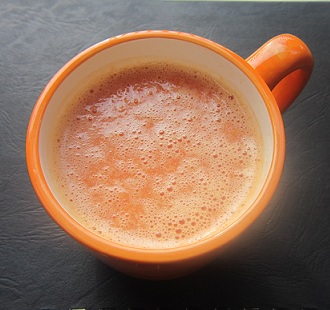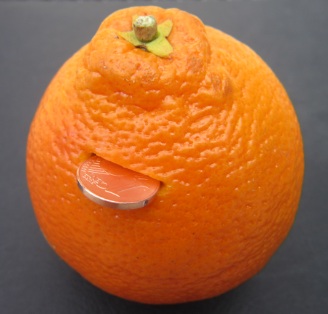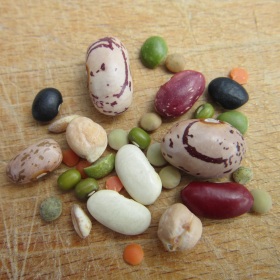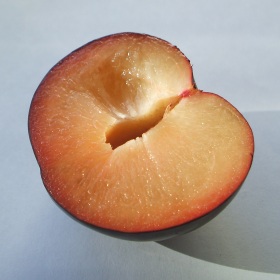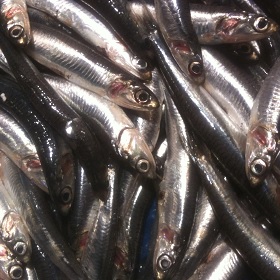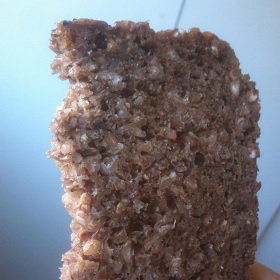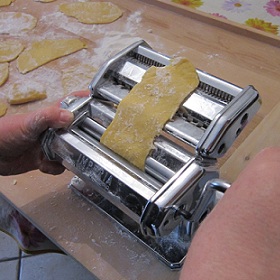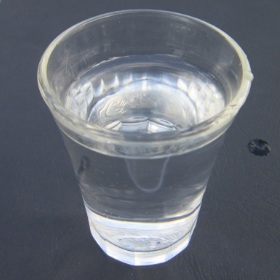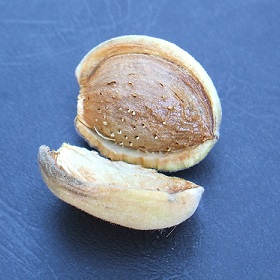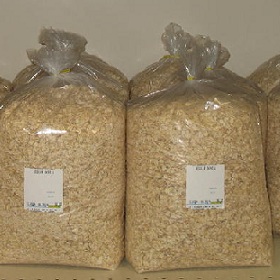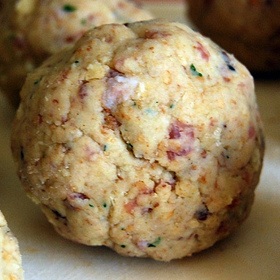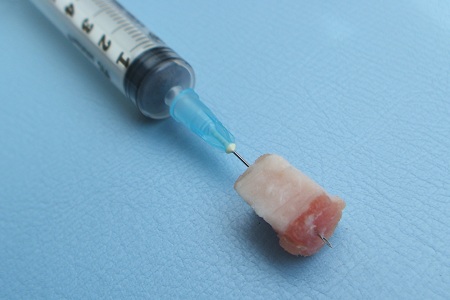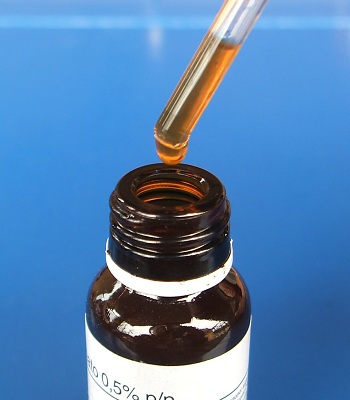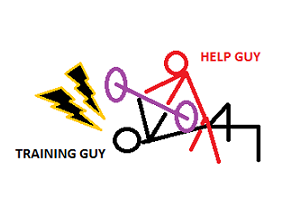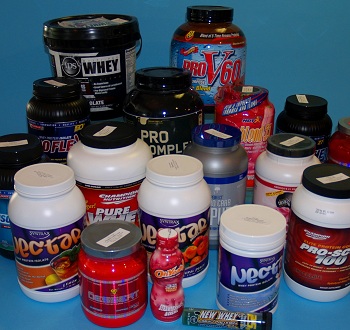While I always say that “there is only one diet”, people who had poor nutritional habits for years develop diseases that require changes to the way they eat. The awareness of the population about how much their foods are responsible for health issues is nowhere near I feel it should. 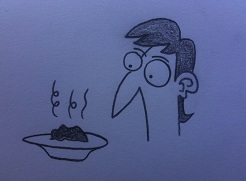
It is generally considered inevitable to be sick once in awhile, to have flu in winter, colds, headaches, migraines. Not to mention more severe conditions, that are developed after years of inadequate diet. It is a tribute to the adaptability of humans that we are able to endure so much time eating crap before reaching a breaking point.
Today, some diseases are commonly known for being strongly impacted by the diet. For example obesity and heart strokes. But how many other diet related diseases are there?
A lot! There is an almost 1:1 relation between diet and many modern diseases. The proof is that diseases like diabetes, ibs, diverticulitis etc exploded only in recent times. They were rare some generations ago. Yes, they had other kinds of problems due to malnutrition, scarce hygiene in the preparation of the food, but we “modern people” have been so fool to replace those problems with new ones. Especially in the rich countries, where there is abundance of everything and the virtual possibility to have a fantastic diet.
From an historical point of view now.
We evolved over millions of years to depend on a specific range of nutrients. After all this evolution, our body accepts some foods and rejects other foods as toxic. The problem is that the way we eat has never changed so drastically and rapidly as it did in the past decades. And our body didn’t have enough time to adapt.
Imagine, it didn’t have time to adapt to gluten and lactose, these were introduced in our diet ~8000 years ago with the agriculture and animal husbandry. How is it supposed to adapt to all the crazy stuff with which we have been feeding it recently? McDonalds? Coca Cola? Doritos?
In the last years, what changed more in our diet is:
- The whites: the addition of enormous amounts of sugar, salt, refined white flour. Everywhere.
- The cooking: almost everything is cooked today, even things that could be eaten raw easily.
- The processing: a considerable part of the food is industrial today
This third point is particularly significant here.
The food industry is responsible, directly or indirectly, for many of the diet related diseases we have today. Entrepreneurs enter the food industry for a reason: money. And while pursuing money they usually don’t care of what’s the best for their customers health.
Low quality ingredients can be hidden by altering the taste and look of food using chemicals (sweeteners, artificial flavors, dyes). The life of the products can be prolonged to years (preservatives). Animals can be fed with cheap flours, sometimes illegally made by other animals (see mad cow disease). Vegetables can be protected from insects with pesticides. They can be turned to GMO for higher yields and reduced costs.
Unfortunately, all these “can” are so profitable for entrepreneurs that they usually become “do”. If an ingredient has low quality, but high enough to pass the minimum imposed by law, it will be used. I think that the laws about food are too permissive, and that’s because they are frequently made by people with inadequate nutrition knowledge.
Beside this machine of industrial production there is a huge machine of marketing.
Television and other media bomb us with messages that highlight the positive sides of these processed foods (usually having fake relevance) and don’t say a word about the negatives (that have strong impacts on our health).
This makes me think to my sad personal story with sweets. Here in Italy there is a very popular food company that produces sugary snacks, and I remember seeing plenty of their commercials when I was a child, as many other kids of my generation. My mother saw a lot of TV too, and unfortunately she raised me with plenty of these snacks. As result, now I have almost all of my teeth with fillings.
It’s amazing how even a minor issue like caries is considered a sort of thing that “happens”. Like if it’s normal during time to cure caries here and there at the dentist.
But caries are a small problem compared to many other diseases. In some cases, a doctor that solves everything with few sessions and few hundreds of dollars is a quick fix that is not available. And that does not work.
The only thing that works is a natural diet made of real food. Grown in the fields, not in the industries.

